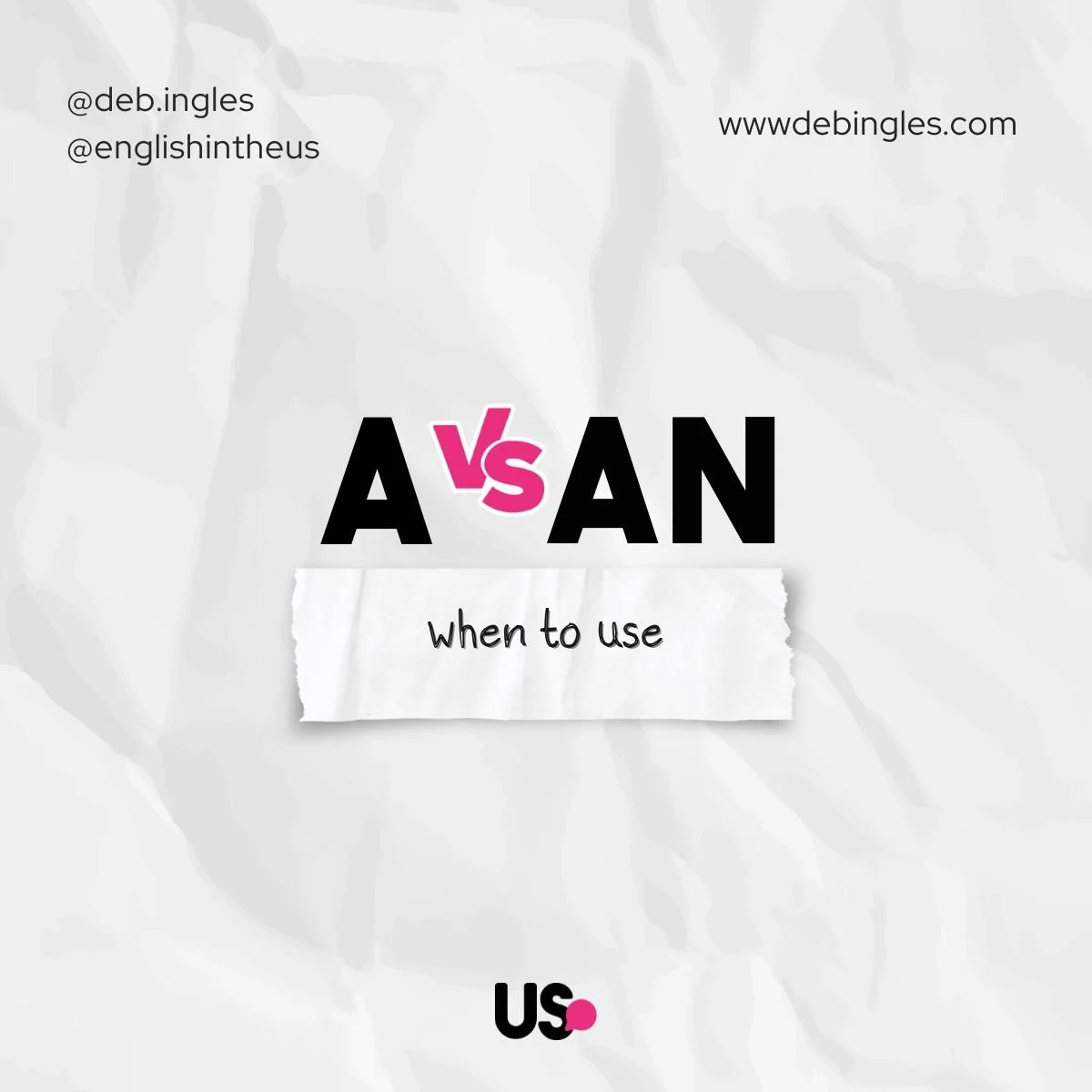A or An?
Understanding the Difference Between "A" and "An"
One of the first grammar rules English learners encounter is the use of "a" and "an." Though they both mean "one" or "a single," their usage depends on pronunciation rather than spelling. Let’s break it down simply.
When to Use "A"
Use "a" before words that begin with a consonant sound (not just a consonant letter).
✅ Examples:
A book
A cat
A university ("university" starts with a "yoo" sound, which is a consonant sound)
A European country ("European" starts with a "yoo" sound)
When to Use "An"
Use "an" before words that begin with a vowel sound (not just a vowel letter).
✅ Examples:
An apple
An elephant
An hour (*silent "h" makes it sound like "our")
An honest person (silent "h" again!)
Key Rule: Focus on Sound, Not Spelling
Consonant sound = "A"
A hotel, a user, a one-time event
Vowel sound = "An"
An honor, an MBA, an idea
It is all about pronunciation, so focus on the sound, not just the letter. Keep practicing, and soon, it will come naturally!


